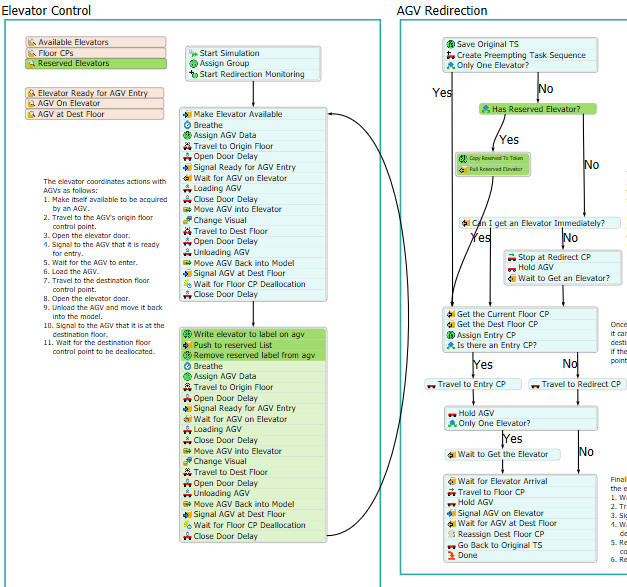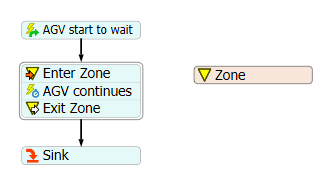Hi @Felix Möhlmann , would appreciate your guidance in the following questions:
1. Is it possible to obtain the statistics for how many AGVs are queuing at the control point waiting for any elevators to be free?
2. Similar to 1, is it possible to have a "queue" for AGVs to show how many AGVs are queuing?
3. Is it possible to modify the model in a way where the elevators will wait for the AGVs to unload at the level, go back into the lift, and go back down to the basement?
Thank you very much!


